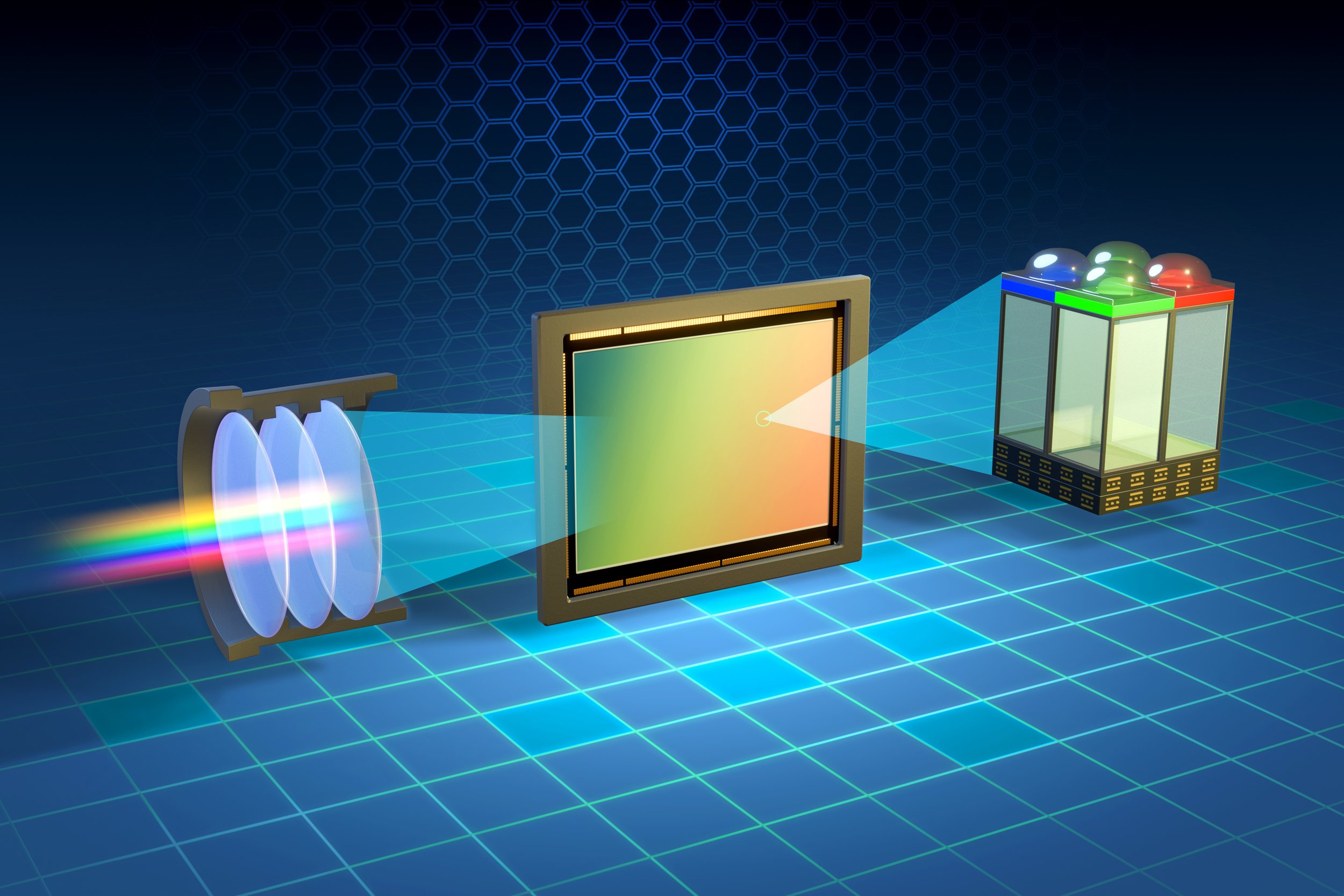Understanding Sensor Technology and ISO Adjustment
In the world of photography, the technological landscape has undergone a profound transformation with the advent of mirrorless cameras. These devices have gained immense popularity among both amateur enthusiasts and professional photographers, offering a compact and versatile alternative to traditional DSLRs. At the heart of every mirrorless camera lies its sensor, a sophisticated component responsible for capturing light and translating it into stunning images. In this blog post, we embark on a journey to unravel the mysteries of mirrorless camera sensors and delve into the intricacies of ISO adjustment, shedding light on how these fundamental aspects contribute to the art of photography.
Understanding Mirrorless Camera Sensors
Unlike their DSLR counterparts, which utilize a complex system of mirrors to direct light from the lens to an optical viewfinder, mirrorless cameras boast a streamlined design characterized by the absence of a mirror mechanism. This omission allows for a more compact form factor and opens up a world of possibilities in terms of technological innovation. At the core of every mirrorless camera lies its image sensor, a crucial component that plays a pivotal role in capturing light and producing high-quality images.
Image sensors come in two primary types: CMOS (Complementary Metal-Oxide Semiconductor) and CCD (Charge-Coupled Device). However, CMOS sensors have become the standard choice for most modern mirrorless cameras due to their superior performance and efficiency. These sensors consist of an array of millions of light-sensitive photodiodes, each capable of converting photons (light particles) into electrical signals.
When light enters the camera through the lens, it strikes the surface of the image sensor, causing the photodiodes to generate electrical charges proportional to the intensity of the incoming light. These charges are then converted into digital data and processed by the camera's image processor to produce the final image. The sensor's resolution, measured in megapixels, determines the level of detail captured in the photograph, with higher resolutions translating to sharper and more detailed images.
ISO Adjustment: Mastering Light Sensitivity
In addition to resolution, another critical aspect of photography is the camera's sensitivity to light, commonly referred to as ISO. ISO, derived from the International Organization for Standardization, serves as a standardized measurement of a camera sensor's sensitivity to light. In essence, it determines how quickly the sensor responds to incoming light and influences the overall brightness and clarity of the resulting image.
In traditional film photography, ISO referred to the sensitivity of the film to light, with higher ISO values indicating greater sensitivity but also introducing more noticeable grain or noise in the image. Similarly, in digital photography, increasing the ISO setting amplifies the sensor's sensitivity to light, allowing for faster shutter speeds and enhanced performance in low-light conditions. However, this increased sensitivity often comes at the expense of image quality, as higher ISO settings can lead to graininess and reduced dynamic range.
One of the remarkable features of mirrorless cameras is their ability to adjust ISO settings dynamically, providing photographers with greater control over exposure and image quality. By manipulating the ISO setting, photographers can fine-tune the camera's sensitivity to light to achieve optimal exposure in various shooting conditions.
The Mechanism Behind ISO Adjustment
The process of ISO adjustment in mirrorless cameras involves amplifying the electrical signals generated by the image sensor in response to incoming light. This amplification is achieved through the camera's electronics, which boost the signal strength before it is converted into digital data. By increasing the ISO setting, photographers effectively amplify the signal, allowing the sensor to capture more light and produce a brighter image.
However, it is essential to recognize that higher ISO settings also introduce inherent trade-offs in image quality. As the sensor's sensitivity to light increases, so does the level of electronic noise, resulting in grainy or speckled artifacts known as noise. Additionally, higher ISO settings can diminish the camera's dynamic range, reducing the ability to capture subtle variations in brightness and contrast.
Optimizing ISO for Maximum Image Quality
To achieve optimal results when adjusting ISO settings, photographers must strike a delicate balance between sensitivity and image quality. While higher ISO settings may be necessary in low-light situations to maintain adequate shutter speeds and prevent motion blur, it is crucial to exercise restraint and avoid unnecessarily high ISO values that could compromise image clarity.
One approach to optimizing ISO settings is to utilize the camera's built-in metering system to assess the scene's lighting conditions and determine an appropriate ISO setting automatically. Many mirrorless cameras offer sophisticated metering modes, such as evaluative metering and spot metering, which analyze the distribution of light within the frame and provide recommendations for ISO adjustment accordingly.
Alternatively, photographers can take a more hands-on approach by manually adjusting the ISO setting based on their creative vision and the specific requirements of the scene. By carefully monitoring the exposure indicators displayed in the camera's viewfinder or LCD screen, photographers can fine-tune the ISO setting to achieve the desired balance between brightness, detail, and noise levels.
Conclusion: Harnessing the Power of Mirrorless Camera Technology
In conclusion, the sensor technology and ISO adjustment capabilities of mirrorless cameras represent a significant leap forward in the evolution of photography. By leveraging advanced CMOS sensors and dynamic ISO adjustment mechanisms, these innovative devices empower photographers to push the boundaries of creativity and capture breathtaking images in a wide range of shooting conditions.
Whether you're a seasoned professional or an aspiring enthusiast, understanding the inner workings of mirrorless camera sensors and mastering the art of ISO adjustment is essential for unlocking the full potential of your photographic endeavors. So, the next time you venture out with your mirrorless camera in hand, take a moment to appreciate the intricate interplay between light, sensor, and technology, and let your creativity soar.

